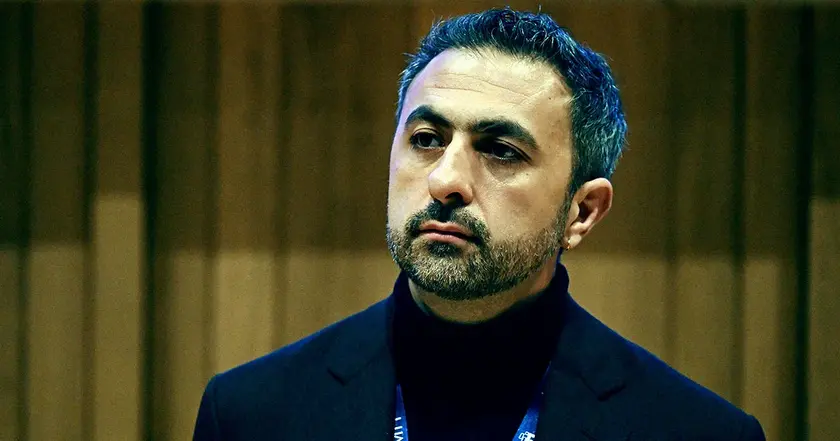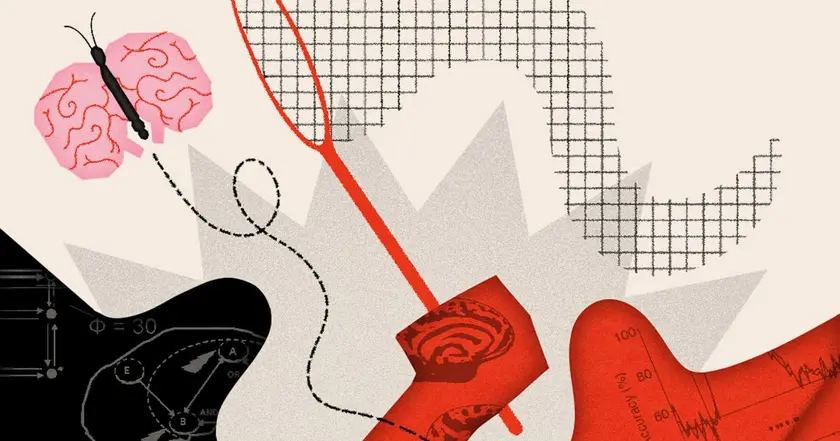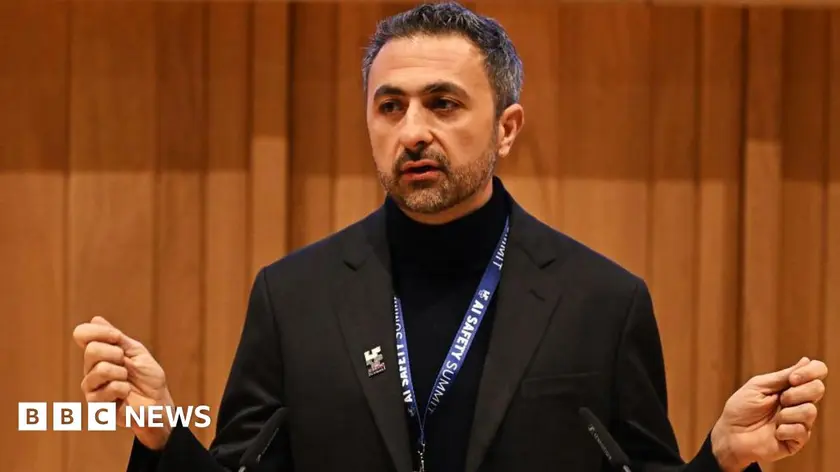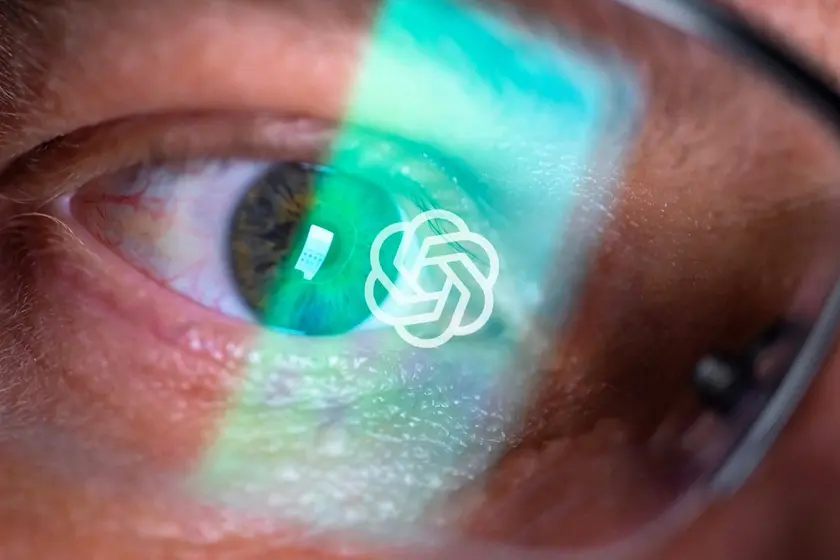T4K3.news
Microsoft AI chief warns against studying AI consciousness
Mustafa Suleyman argues that the AI welfare debate is premature and dangerous as chatbots grow more capable.

Mustafa Suleyman argues that debating AI consciousness is premature and dangerous as chatbots grow more capable.
Microsoft AI chief warns against studying AI consciousness
Mustafa Suleyman, Microsoft’s head of AI, argues that treating AI chatbots as potential conscious beings is premature and risky. He says adding weight to the idea of AI consciousness could worsen real-world problems, including AI-induced distress and unhealthy attachments to chatbots. The debate has split industry leaders, with some researchers at Anthropic pushing to study AI welfare and others urging caution.
Beyond corporate boards, the discussion has spilled into academic circles and research labs. Google DeepMind has listed openings to study machine cognition and related questions, while Anthropic recently integrated a feature that lets Claude end conversations with persistently abusive users. Even as leaders clash, a broader public conversation about rights for non-human agents remains unsettled and unsettledly controversial.
Key Takeaways
"The study of AI welfare is both premature, and frankly dangerous."
Suleyman’s core objection to AI welfare research
"Rather than diverting all of this energy away from model welfare and consciousness to mitigate risk of AI psychosis, we can do both."
Larissa Schiavo on pursuing multiple research tracks
"Less than 1% of ChatGPT users may have unhealthy relationships with the product."
OpenAI data cited in the article
The debate over AI welfare reflects deeper fault lines in tech culture: hype versus humility, convenience versus caution. Suleyman’s stance emphasizes human-centric design and the risk of giving machines social agency before we have safeguards and norms. Proponents of AI welfare argue that exploring model consciousness is essential to foresee societal impacts and to guide governance. The divide could shape which research gets funding, what products get deployed, and how regulators frame safety rules. Expect more loud public debates as AI systems become more persuasive and capable.
As the field evolves, the key question is not whether a machine can feel, but how we govern and communicate about these models. The ecosystem will likely tolerate multiple research tracks—safety, ethics, and welfare—while pushing for practical protections against harm. A balanced approach may help preserve trust as technology accelerates, rather than allowing philosophical battles to distract from concrete risks.
Highlights
- Build AI for people not to be a person
- We can pursue safety without clamping down on curiosity
- Trust grows when debate stays productive
- Consciousness talk divides a crowded field more than it helps
AI welfare debate risks public backlash and policy pressure
Labeling AI systems as conscious could trigger regulatory scrutiny, investor caution, and public fear. The clash between safety, research, and rights may fuel political polarization and affect funding for practical safety work.
The conversation will keep evolving as chatbots become more capable and more integrated into daily life.
Enjoyed this? Let your friends know!
Related News

AI psychosis warning from Microsoft

AI psychosis prompts rethink of chatbot power

Trump mandates anti-woke AI for federal contracts

Consciousness research faces funding test and theory renewal

AI safety concerns rise with convincing chatbots

AI mimics human writing style in alarming ways

AGI race deepens

AI companions reshape the concept of love
